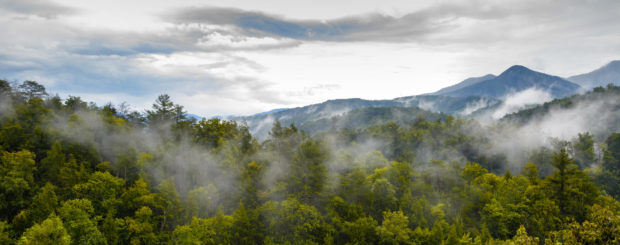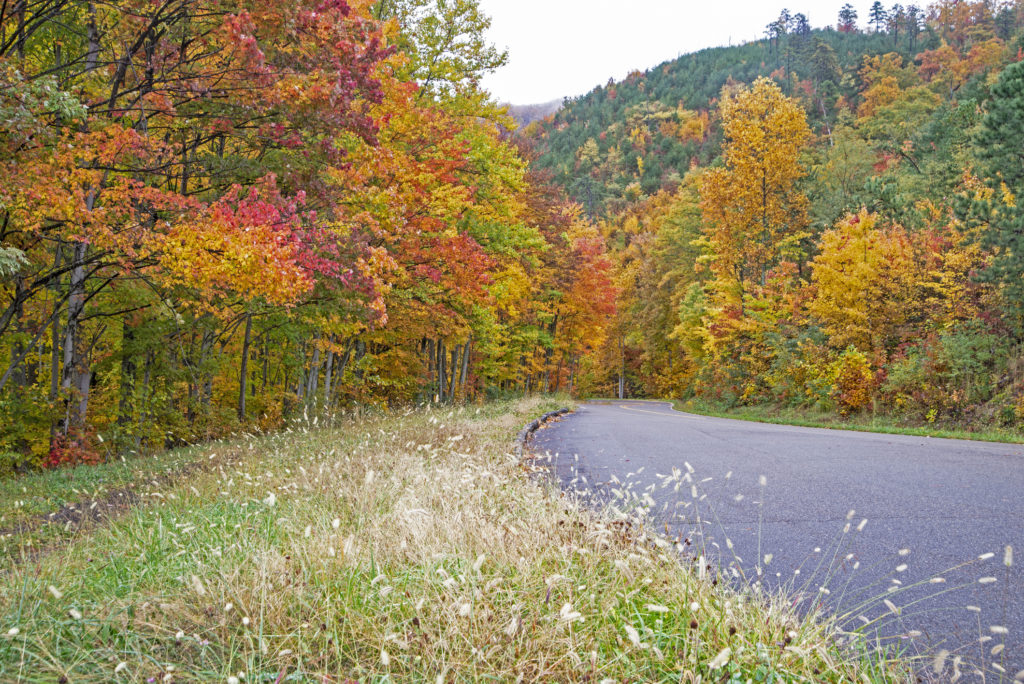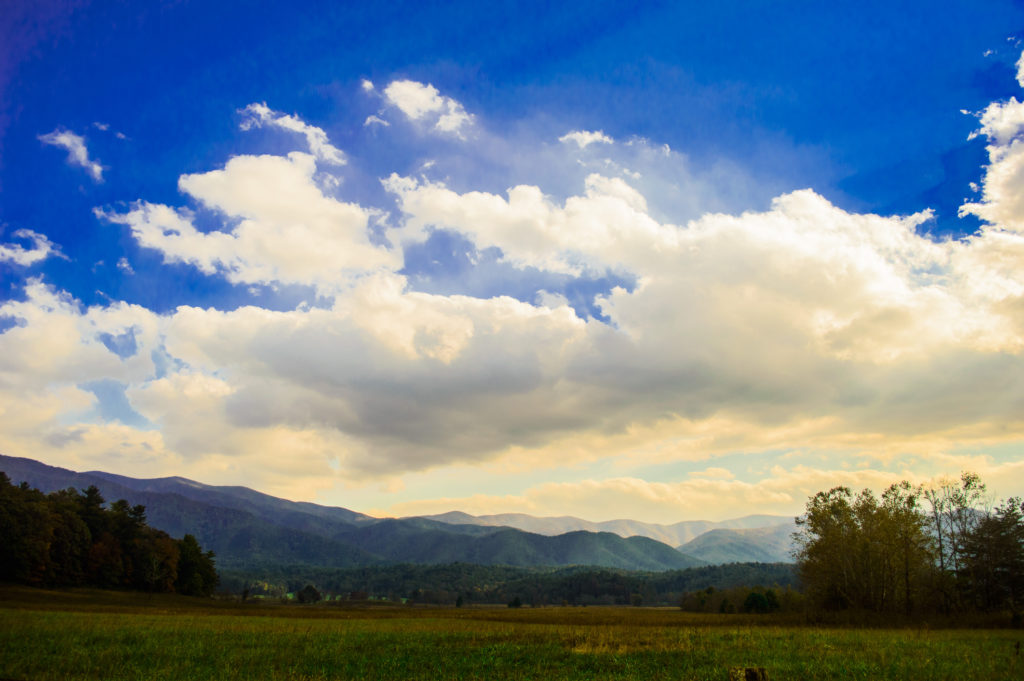Planning Your Trip to the Smoky Mountains
Hailed as one of the natural wonders of the world, Smoky Mountains National Park has something to offer everyone, from hiking enthusiasts to nature-lovers and outdoorsmen alike. With over 800 miles of trails and abundant wildlife, it’s no wonder that this park sees more than 10 million visitors each year! Before you go, here are some tips on how to plan your trip to Smoky Mountains National Park!
When Should I Go?
The best time to visit Smoky Mountains National Park really depends on what you want out of your vacation. Each season has its perks—and its drawbacks. In order to find out when is best for you, it’s important to consider how your trip will look. Will you be hitting up attractions like Clingman’s Dome and Sugarlands Visitor Center? Or will you be more interested in caving, hiking, and horseback riding? Either way, there are times that work better than others. Here’s a breakdown:
In summer (May–September), temperature highs range from 70 ̊F – 90 ̊F, with lows ranging from 45 ̊F – 75 ̊F. It rains frequently in these months and humidity can get quite high; good news if you love warm weather but not-so-good news if you don’t tolerate heat well or prefer to travel with lighter luggage. This season sees increased crowds as well because so many people have time off from school and work!
During spring/fall (March – May/October – November), temperatures range from 50 ̊F – 85 ̊F. This is one of my favorite seasons to visit since I appreciate milder temperatures and fewer crowds; however, bear in mind that fall can still see some heavy precipitation so plan accordingly.
Winter (December – February) brings with it cold fronts which drop low temperatures into 30’s F (-1 C) at night and 40’s F (-4 C) during day hours. Snowfall isn’t unheard of in lower elevations, either. If you are going to brave winter conditions and take on everything winter offers, remember: layers! Packing lightly doesn’t mean packing wrong and could make all the difference when trying to stay comfortable outside all day long.
Where Do I Stay?
If you’re looking for a hotel, your best bet is to book one at Great Smoky Mountains National Park. The park has two hotels, both of which are located in Gatlinburg. If you don’t mind driving a bit, it’s worth taking a look at Sevierville and Pigeon Forge. There are a number of higher-end hotels and resorts located there. You can also find plenty of accommodations on Airbnb in Pigeon Forge and Sevierville.
When Is the Best Time to Hike?
People often think of spring as the best time to visit Smoky Mountains National Park, but fall actually offers some advantages. The fall color season starts at higher elevations in September and gradually moves down into lower elevations by early November. This means that you can enjoy an entire month of viewing fall color without worrying about heavy crowds or being too hot or cold. Temperatures are usually milder in October and November than they are in April and May. Although there’s less precipitation during these months (rainy season), it still rains frequently enough to make hiking trails wet and muddy—but not so much that rivers become dangerous. What’s more, hikers have their choice of exploring high-elevation mountains when temperatures are a bit cooler or taking advantage of long days at lower elevations for longer hikes.
How Do I Get There?
Depending on where you’re starting from, Smoky Mountains National Park can be a bit of a haul. Luckily, there are four main entrances into and out of the park that allow for easy in-and-out access from multiple points around Tennessee and North Carolina. If you’re coming from states like Georgia or South Carolina, you’ll want to check out entrances into the park at Gatlinburg, Pigeon Forge, or Cherokee. Coming up from Alabama? Be sure to stop by Townsend! From almost anywhere in middle and southern Appalachia, there’s an entrance nearby that will put you on your way. The eastern side of Great Smoky Mountains National Park is slightly more difficult to get into if you don’t live along its border; visitors would have to enter via one of two major roads: U.S. Hwy 321 (the Cherohala Skyway) or U.S. 441 (the Newfound Gap Road). And if you find yourself on I-40 heading north, watch out for Easley Galbraith Gap—this third option puts your route right next to Cataloochee Valley, which serves as a great stopover point between Knoxville and Asheville. No matter which entrance you take to get into the park, it’s important to remember that traffic tends to pile up during peak hours.
Tips for Your Trip
The Smoky Mountains are an incredibly popular tourist destination. The most popular time to visit is between May and October, but with an estimated 3 million visitors per year, you’ll still want to book a hotel room in advance if you plan on traveling during those months. During winter and fall, expect colder temperatures, more precipitation, and fewer people on park trails. When planning your trip, also keep in mind that some roads aren’t passable for standard vehicles – watch out for seasonal closures! If you happen to see lots of cars parked at trailheads or spots along US 441 when driving through Great Smoky Mountains National Park, remember that many parking lots close well before sundown (especially on less-traveled routes). You don’t want to find yourself locked in after dark or needing roadside assistance. So check ahead of time for any road closure announcements. Road maps are available at visitor centers, as well as information about camping reservations and pet policies.
Interested in going to the Smoky Mountains? Please contact us. We would be happy to assist you.
Purple Light Vacations provides you with the knowledge, insight and personalized service to make your vacation all you want it to be at no additional cost. We help you travel in the know wherever you go. To get started, fill out this quick form or call 619.324.1444 (ext. 3).







